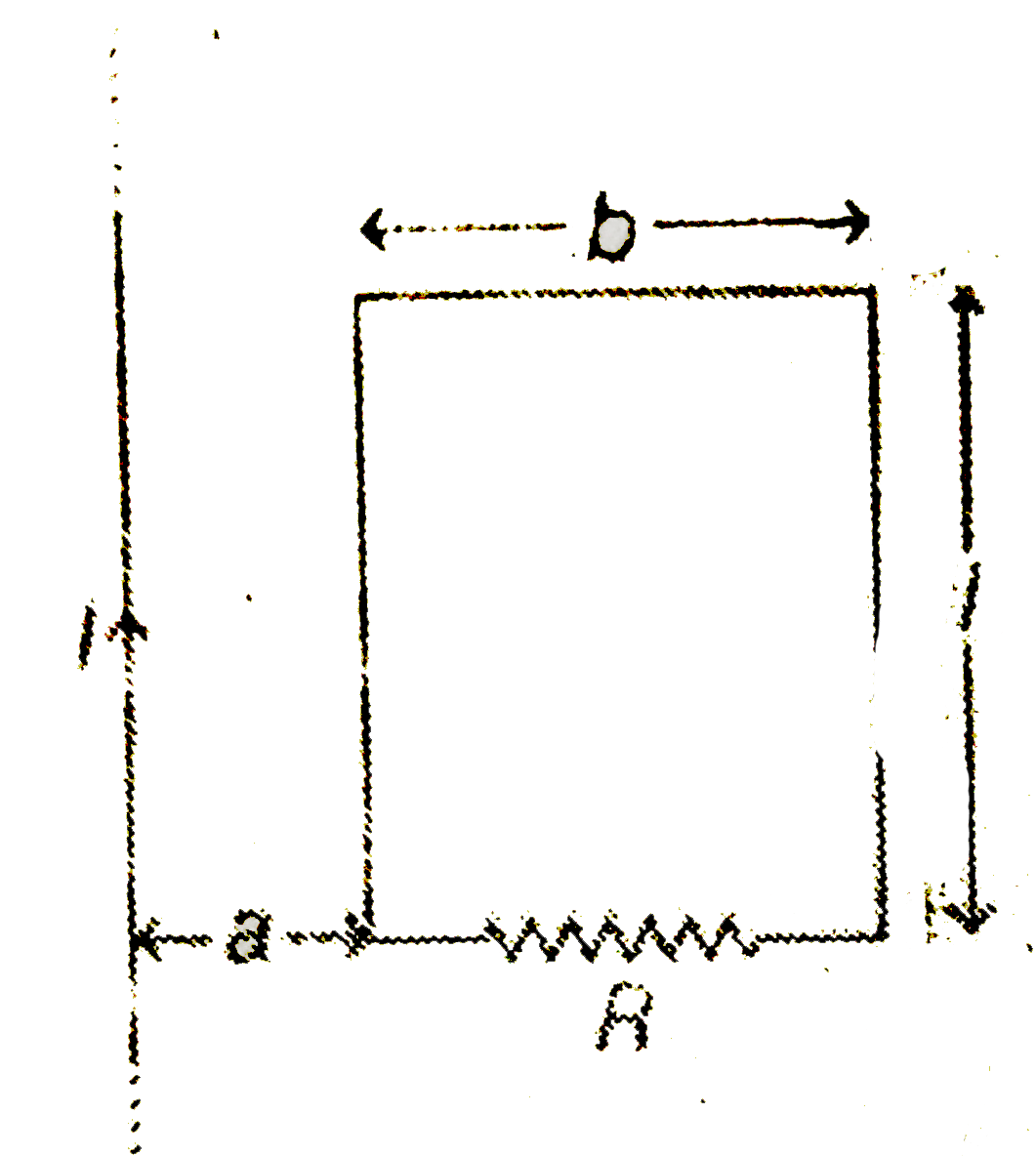A plane undamped harmonic wave progates in a medium. Find the mean space density of energy becomes equal to W0 at an instant t=t(0)+T/6, where t0 is the instant when amplitude is maximum at this location and T is the time period of oscillation.
To solve the problem step by step, we need to analyze the energy density of a plane undamped harmonic wave at a specific time.
Step 1: Understand the Wave Equation
The equation of a plane wave can be expressed as:
y(x,t)=Acos(ωt−kx)
where:
- A is the amplitude of the wave,
- ω is the angular frequency,
- k is the wave number,
- t is the time, and
- x is the position.
Step 2: Determine Energy Density
The energy density W (energy per unit volume) of the wave is given by:
W=12μω2A2sin2(ωt−kx)
where μ is the mass per unit length of the medium.
Step 3: Substitute the Given Time
We need to find the energy density at the time t=t0+T6. At t=t0, the amplitude is maximum, which means:
sin(ωt0−kx)=0
Thus, at t=t0+T6:
ωt=ω(t0+T6)=ωt0+ωT6
Since ωT=2π:
ωT6=2π6=π3
So:
ωt=ωt0+π3
Step 4: Calculate the Sine Value
Now we can substitute this back into the sine function:
sin(ωt−kx)=sin(π3)=√32
Step 5: Substitute into Energy Density Formula
Substituting this value into the energy density equation:
W=12μω2A2(√32)2=12μω2A2⋅34=38μω2A2
Step 6: Relate to W0
We know that the maximum energy density W0 occurs when sin2(ωt−kx)=1:
W0=12μω2A2
Thus, we can relate W to W0:
W=38W0
Conclusion
At the instant t=t0+T6, the mean space density of energy becomes:
W=38W0
The equation of a plane wave can be expressed as:
y(x,t)=Acos(ωt−kx)
where:
- A is the amplitude of the wave,
- ω is the angular frequency,
- k is the wave number,
- t is the time, and
- x is the position.
The energy density W (energy per unit volume) of the wave is given by:
W=12μω2A2sin2(ωt−kx)
where μ is the mass per unit length of the medium.
We need to find the energy density at the time t=t0+T6. At t=t0, the amplitude is maximum, which means:
sin(ωt0−kx)=0
Thus, at t=t0+T6:
ωt=ω(t0+T6)=ωt0+ωT6
Since ωT=2π:
ωT6=2π6=π3
So:
ωt=ωt0+π3
Now we can substitute this back into the sine function:
sin(ωt−kx)=sin(π3)=√32
Substituting this value into the energy density equation:
W=12μω2A2(√32)2=12μω2A2⋅34=38μω2A2
We know that the maximum energy density W0 occurs when sin2(ωt−kx)=1:
W0=12μω2A2
Thus, we can relate W to W0:
W=38W0
At the instant t=t0+T6, the mean space density of energy becomes:
W=38W0
Topper's Solved these Questions
- TRAVELLING WAVESBOOK - CENGAGE PHYSICS ENGLISHCHAPTER - TRAVELLING WAVESEXERCISE - Single Correct
62 Videos
- TRAVELLING WAVESBOOK - CENGAGE PHYSICS ENGLISHCHAPTER - TRAVELLING WAVESEXERCISE - Single Correct Answer
1 Videos
- TRAVELLING WAVESBOOK - CENGAGE PHYSICS ENGLISHCHAPTER - TRAVELLING WAVESEXERCISE - Exercise 5.2
23 Videos
- TRANSMISSION OF HEATBOOK - CENGAGE PHYSICS ENGLISHCHAPTER - TRANSMISSION OF HEATEXERCISE - Single correct
9 Videos
- VECTORSBOOK - CENGAGE PHYSICS ENGLISHCHAPTER - VECTORSEXERCISE - Exercise Multiple Correct
5 Videos
Similar Questions
Knowledge Check
A particle executing simple harmonic motion with time period T. the time period with which its kinetic energy oscillates is
ATB2TC4TDT2
A particle executes a simple harmonic motion of time period T. Find the time taken by the particle to go directly from its mean position to half the amplitude.
View SolutionA wave propagates in a string in the positive x-direction with velocity v. The shape of the string at t=t0 is given by
f(x,t0)=Asin(x2a2). Then the wave equation at any instant t is given by
View SolutionAt two particular closest instant of time t1 and t2 the displacements of a particle performing SHM are equal. At these instant
View SolutionThe velocity of a particle moving with constant acceleration at an instant t0 is 10m/s After 5 seconds of that instant the velocity of the particle is 20m/s. The velocity at 3 second before t0 is:-
View SolutionIn the figures shown current in the long straight wire varies as I=I0(t0−tt0) where I0 is the initial current The charge flown through resistance in the time t0 is

View SolutionThe equation of a travelling plane sound wave has the form y=60cos(1800t−5.3x), where y is in micrometres, t in seconds and x in metres. Find
(a). The ratio of the displacement amplitude with which the particle of the medium oscillate to the wavelength,
(b).the velocity oscillation ammplitude of particles of the medium and its ratio to the wave propagation velocity , (c ).the oscillation amplitude of relative deformation of the medium and its relation to the velocity oscillation amplitude of particles of the medium, (d). the particle acceleration amplitude.
View SolutionA longitudinal standing wave y=acoskxcosωt is maintained in a homogeneious medium of density ρ. Here ω is the angular speed and k , the wave number and a is the amplitude of the standing wave . This standing wave exists all over a given region of space.
If a graph E(=Ep+Ek) versus t , i.e., total space energy density verus time were drawn at the instants of time t=0 and t=T/4, between two successive nodes separated by distance λ/2 which of the following graphs correctly shows the total energy (E) distribution at the two instants.
View Solution

